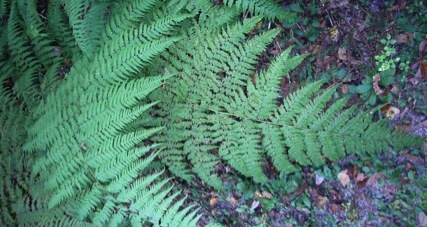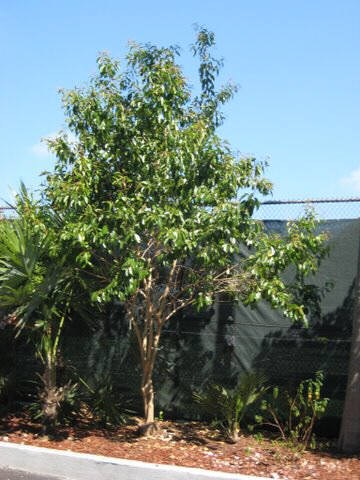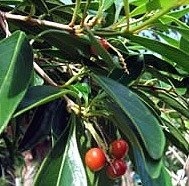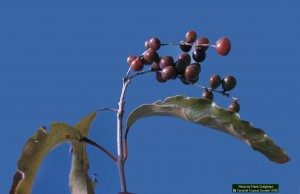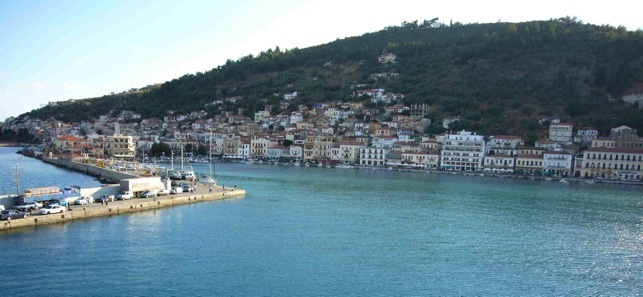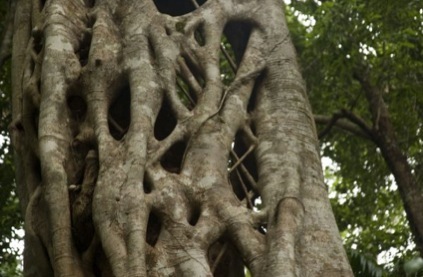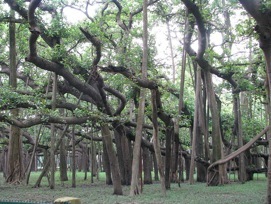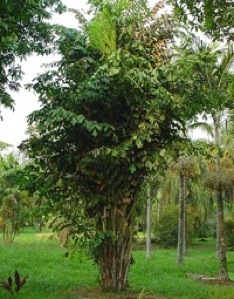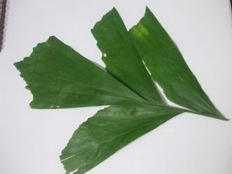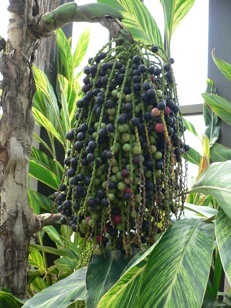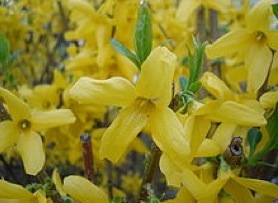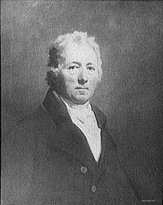Fiddlehead Fanatics
If poke weed tests your foraging bravery, fiddleheads test your foraging philosophy.
Pokeweed can kill you within hours if you make a mistake and consume some of the root. Fiddleheads might cause cancer, someday, maybe, maybe not. Humanity has been eating fidddleheads (Pteridium aquilinum) (ter-ID-ee-um ak-wee-LIE-num) since before civilization. Modern science says we shouldn’t have.
Before I let empiricism totally rain on this parade, fiddlehead greens were a rite of spring in the area I grew up. It was one of two things everyone talked about, that and when the ice would sink in Sebago Lake (sah-BAY-go.) Maine’s lakes are glacier dug and very deep, sometimes hundreds of feet. You can tread water in a Maine lake in the summer (both days of it) getting heat stroke from the neck up and freezing your feet off down below. One reason is the winter ice in a lake sinks all at once. There is no gentle melting like an ice cube in a glass. All the ice sinks at once and slowly melts on the bottom ensuring out-of-state visitors get icicle toes in August. Raffles are held as to the exact day, minute and second the ice sinks. Sebago, as the largest lake in southern Maine, is of prime interest, but only second to coming of fiddleheads. As the snow melts and warm days come around, fiddlehead greens is the talk de spring.
Some families dedicate several weeks to their harvest, cooking and canning. One of the Yankee signs of friendship is to be given a jar of fiddlehead greens long after the season has past. Spouses are more easily loaned. My father adored fiddlehead, my mother did not. He lived to 86 and she is 86 now. I personally know one family that cannot can enough of them, has been canning them for decades, and are still here… which leads to the intrusion of science.
Animals that do not boil fiddleheads before eating can get cancer from them, such as mice, rats, cattle and raw vegetarians. They are also toxic to horses if fed in the hay over time. In areas where there is a lot of P. aquilinum the culprit chemical, ptaquiloside, can leach into the water supply, and yes, there is an increase of gastric and throat cancers in people who live in those areas… read a lot of the chemical over time.
On the other side is the argument that boiling the ferns — read cooking them throughly — takes care of that problem, or lessens it to an acceptable risk level. That said, it is good they only come in great amounts in the springtime for a diet of them will also reduce your thiamine level and can cause beriberi, Clearly moderation is wise. Personally, I hunt Florida fiddleheads. I think nearly everything causes cancer and I am willing to risk a few fiddleheads with butter once or twice a spring, which is about as often as I can collect enough in this warm place.
The roots of the Pteridium aquilinum also have been used to brew beer, and the root starch used like arrowroot. Bread can be made out of dried and powered roots, either by themselves or with flour. Indians baked the roots then peeled and ate them or pounded them into flour removing fibers.
Unless you live in a desert or on constant ice, there is a fiddlehead-producing fern near you. Besides the P. aquilinum, which ranges around the world and has for 55 million years, there are at least three other ferns with edible fiddle heads: The cinnamon fern, Osmunda cinnamomea; the Ostrich fern, Matteuccia struthiopteris, very common in the northeast; and the Sensitive fern, Onoclea sensibilis. There are also a few ferns that are used for tea in North America: Maidenhair fern, Adiantum capilillus-veneris and Adiantum pedatum; Cliff Brake, Pellea mucronata and Pellea ornithropus; the Sword Fern or Holly Fern, Polystichum munitum. Two northwest ferns, Polpodium glycyrrhiza and Polpodium vulgare have useable roots. By the way Tide Head, New Brunswick, bills itself as the Fiddlehead Capital of the World.
Lastly, there are two ferns found only in Florida and Puerto Rico that have edible fiddleheads, one is rare, one common. The rare one is Acrostichum aureum (ack-row-STISH-um AW-ree-um.) Acrostichum is a combination of two greek words, akros (tipl) and stichos (a row.) Aureum is Latin for gold, or golden. Terminal row of gold. The frond can indeed look golden.
Also called the Coast Leather Fern and Golden Leather Fern, it can be found on the Mainland, in the Keys, in swamps, salt marshes, brackish canals and sinkholes. It’s a coarse fern with stiff fronds, up to seven feet or more long. The upper leaflets of the spore-bearing leaves are clearly covered on the underside with golden brown spores. The uncoiling new leaves, the fiddleheads, are quite tender and resemble asparagus in taste. They are a bit mucilaginous. They can be eaten raw or cooked. However, while not endangered, it is usually found only under cultivation. Graze accordingly.
It’s cousin, Acrostichum danaeifolium, is a different matter. Called the Giant Leather Fern and Inland Leather Fern. It is the behemoth fern of Florida, eight feet high, 10 feet across, found in the same environment as its cousin. Its fiddle head is also edible. Danaeifolium (dan-ay-ee-FOH-lee-um) means leaves like the Danaea fern. Danae is named for the mythological Greek daughter of the King of Argon.
It’s not too hard to tell them apart? A. Danaeifolium is very common and huge. It’s the one you most likely find. It has red spores under the leaves that remind you of suede. It’s leaves are close together. A. aureum is smaller, leaves are farther apart, and has golden spores under the leaves. Leaf spacing is the most dependable difference.
Green Deane’s “Itemized” Plant Profile
IDENTIFICATION:Bracken: only large northern fern with a three part form on one tall stalk. Other large ferns have single fronds rising from deep many-branched root. Leaves horizontal, broad, triangle-shaped; leaflets opposite, lower two larger and twice-divided, upper ones usually once-divided; spores in linear strips under leaf near edges. Cinnamon ferns are easily identified by their cinnamon-colored non-leaflike fertile fronds
TIME OF YEAR: Spring, but in some climates constantly
ENVIRONMENT: Woodlands, well-drained soil that holds water
METHOD OF PREPARATION: Fiddleheads under two inches only. Remove any yellow/brown skin, boil sprouts twice with a change of water between boilings. Boil 10 minutes or steam for 20. Gourmets spread a thin layer in a steam basket and steam until just tender crisp.

